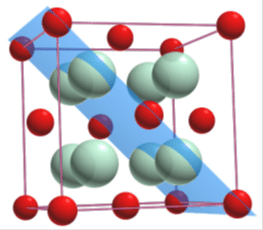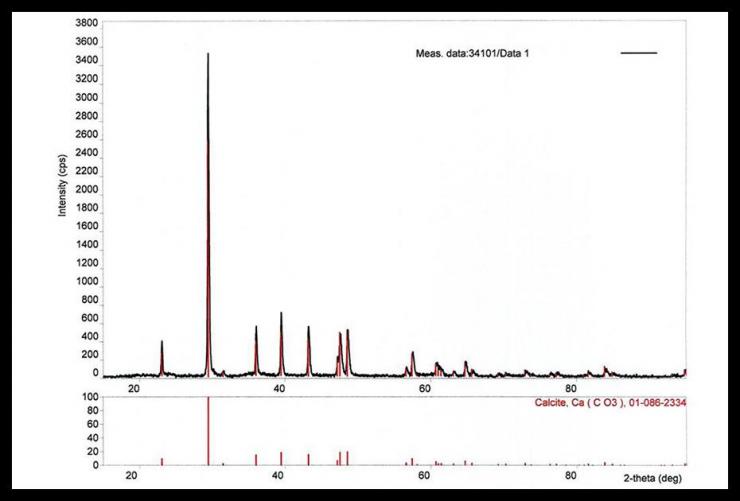IMR Materials Testing Technical Blog
How XRD Identifies Contaminants in Crystalline Powder
XRD (X-Ray powder diffraction) uses a collimated monochromatic X-ray beam to analyze a crystalline solid, which can reveal highly accurate, critical information about the size, shape, and symmetry of unit cells and the position of atoms within the lattice framework.
This X-ray powder diffraction (XRD) method allows for efficient, rapid analysis of powder crystalline samples. Output is provided in the form of diffraction peaks, which show the unique “fingerprints” of different crystal phases that may be present.
But XRD analysis isn’t just restricted to the identification and quantification of crystallites. X-ray powder diffraction is also useful for the positive identification of a contaminant or corrosion product, as well as the identification of foreign phases for purity analyses of crystalline powders.
XRD Analysis Testing Method

The three key components of a typical X-ray powder diffraction test include the:
- X-ray generator
- Sample holder
- X-ray detector
To conduct the test, a cathode ray tube generates an X-ray beam, which is then filtered to become an intensely focused, monochromatic beam and directed at the sample.
The sample and the X-ray detector are rotated to cover the entire range of incidence angles. Once Bragg’s Law is satisfied, constructive interference occurs. A peak of high intensity is then registered by the X-ray detector. This is possible only when the wavelength of the incident X-ray beam is comparable to the inter-planar distance of the crystalline phase being studied.

At this point, both qualitative and quantitative analyses can begin.
- Qualitative analysis — The placement of the overlapping peaks produced by the X-ray powder diffraction of the mixture is referenced against patterns of >700,000 pure compounds compiled by the International Centre for Diffraction Data. Since the positioning of the peaks can be traced back to the size, shape, and symmetry of unit cells, this accurately identifies the crystallites in the sample.
- Quantitative analysis — The peak intensities in the diffraction spectra produced by the phases in the sample correspond to the concentration of the crystallites in the mixture. This straightforward correlation allows for further understanding of the morphology at hand.
The experienced chemists at IMR Test Labs are capable of reading and deciphering patterns created by even the most complex sample mixtures.
Common Applications of X-Ray Powder Diffraction
Because XRD analyzes most crystalline materials, it is very useful in determining which crystalline phases are present. Based on the phases identified, it is also possible to determine which compounds are present, such as oxides and nitrides.
Industries requiring the use of high purity materials, such as medical devices, electronics, thermal spray coatings, additive manufacturing, and pharmaceuticals, can all benefit from XRD data.
Learn More
To learn more about the uses and benefits of X-ray powder diffraction or discuss how the team at IMR Test Labs can help with your next project, contact our specialists at our Louisville location. We’re on hand to answer any questions you may have.


